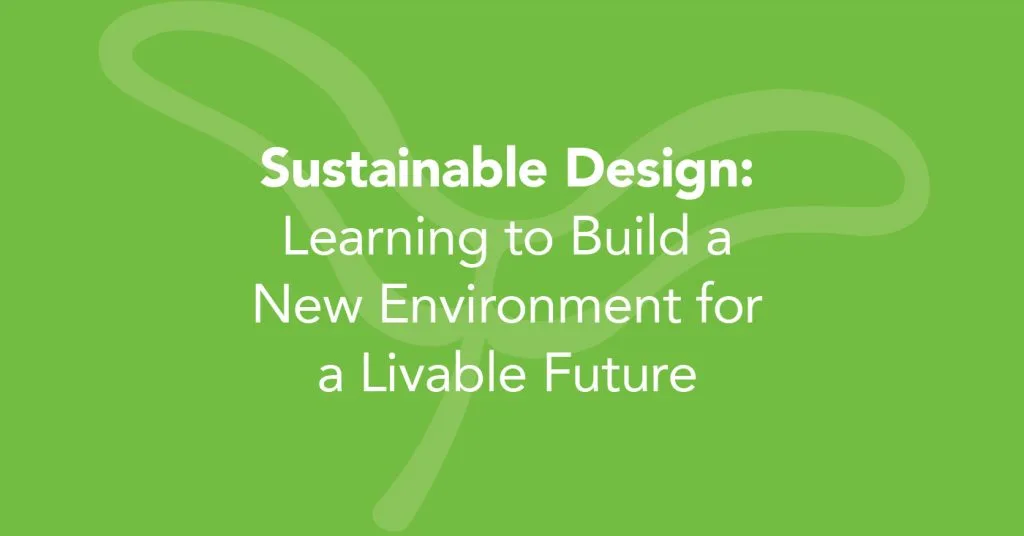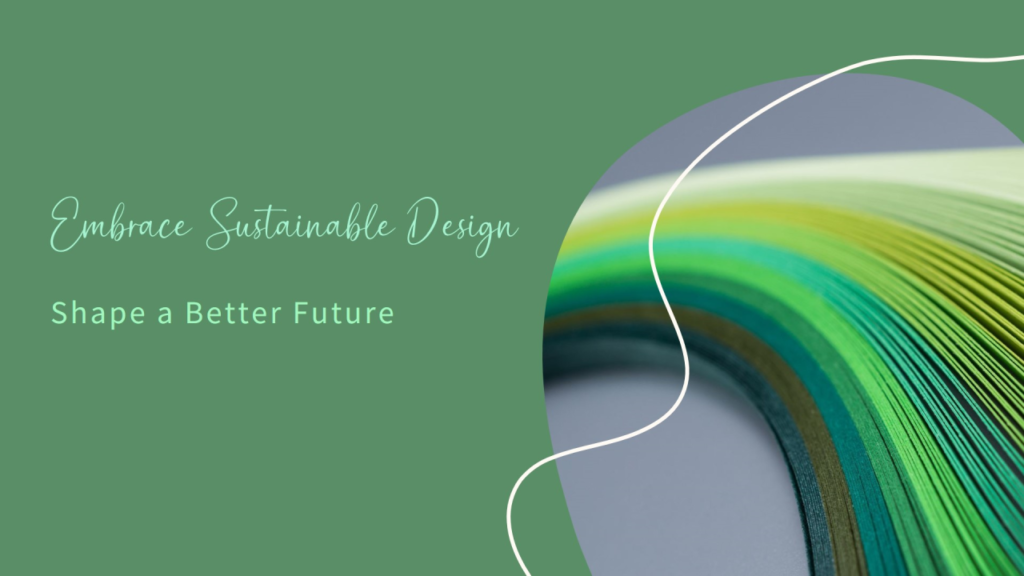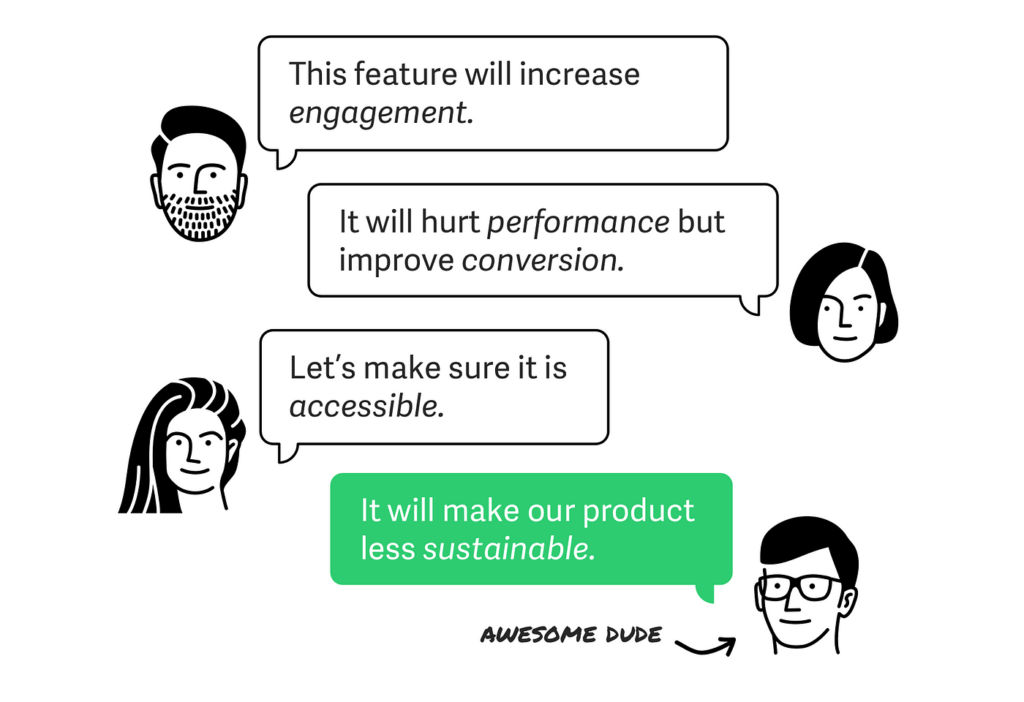As we stand at the crossroads of environmental crisis and technological advancement, the question arises: “Why Sustainable Design is the Future?” Let’s embark on a journey to explore the profound impact of sustainability on the design landscape and how it shapes the way we create products, services, and experiences.

Why Sustainable Design is the Future
The Urgency of Sustainability
In a world grappling with climate change and ecological degradation, sustainability has emerged as a critical imperative. According to the United Nations, the global population is projected to reach 9.7 billion by 2050, placing unprecedented strain on natural resources and ecosystems. Transitioning to sustainable design practices is essential to mitigate environmental impact and ensure a habitable planet for future generations.
Transitioning to Sustainable Design
Moreover, sustainable design encompasses a holistic approach that considers the entire lifecycle of products and services. From material sourcing and manufacturing to distribution and disposal, designers must minimize environmental footprint at every stage. According to the Ellen MacArthur Foundation, the linear “take-make-dispose” model is unsustainable, and transitioning to circular design principles is paramount for a sustainable future.
The Role of Sustainable UX Design

In the realm of User Experience (UX) Design, sustainability is increasingly gaining prominence as designers recognize their role in fostering eco-friendly interactions. Sustainable UX design prioritizes energy efficiency, waste reduction, and ethical sourcing of materials. By creating digital experiences that are intuitive, efficient, and environmentally conscious, designers can contribute to a more sustainable future.
Reducing Environmental Footprint
One of the key principles of sustainable UX design is reducing environmental footprint through mindful design choices. Transitioning to minimalist interfaces and decluttered designs not only enhances usability but also reduces energy consumption and digital waste. According to a study by the Nielsen Norman Group, users prefer simple and straightforward interfaces, highlighting the efficacy of minimalist design in sustainable UX practices.
Promoting Accessibility and Inclusivity

Inclusive design is integral to sustainability, as it ensures that products and services are accessible to all users, regardless of ability or background. By designing with empathy and considering diverse needs, designers can create inclusive experiences that cater to a broader audience. According to the World Health Organization, approximately 15% of the world’s population lives with disabilities, emphasizing the importance of inclusive design in sustainable UX practices.
Embracing Ethical Design Principles
Ethical considerations are central to sustainable UX design, as designers navigate complex issues surrounding privacy, data security, and algorithmic bias. By prioritizing user welfare and transparency, designers can build trust and credibility with users. Ethical design principles ensure that digital experiences are developed with integrity and respect for user rights. According to a survey by Deloitte, 93% of consumers are more likely to purchase from companies that prioritize ethical behavior, highlighting the business value of ethical design practices.
Measuring Impact and Effectiveness
To assess the effectiveness of sustainable UX design, designers must employ metrics and analytics to measure environmental impact and user satisfaction. By tracking key performance indicators such as energy consumption, carbon footprint, and user engagement, designers can iterate and optimize their designs for sustainability. Tools like life cycle assessment and environmental impact assessments provide valuable insights into the ecological footprint of digital products and services.
Conclusion: Why Sustainable Design?
In conclusion, Why Sustainable Design is indeed the future of design, encompassing principles of environmental stewardship, inclusivity, and ethical responsibility. Transitioning to sustainable design practices is not only a moral imperative but also a strategic necessity in a world facing environmental challenges. By embracing sustainable UX design principles and integrating them into the design process, designers can create meaningful experiences that not only delight users but also contribute to a more sustainable and equitable future. Let’s embark on this journey together, where design meets sustainability for a brighter tomorrow.




